Over the last century grocery stores have been forced to adapt, transform, and evolve in order to remain a contender in the ever changing food industry. Within the last decade American’s preference has changed so dramatically, favoring prepared food, specialty foods, and dining out more than the traditional methods of home cooking which grocery stores depend on. In fact, in March 2015, sales at restaurants and bars surpassed those at grocery stores for the first time ever recorded. With times changing so significantly the questions are…
Will this economic shift be the extinction of grocery stores?
What does the future hold for traditional grocery shopping?
What does the future hold for traditional grocery shopping?
To understand where the future of the grocery store is headed, we must first understand the past…
In the 1920’s grocery store chains such as Kroger, American Stores, and National Tea began to grow their national profiles. This growth started giving stores a uniformed look and customers saw more consistency across the nation.
During the 1930’s and 1940’s the butcher, the baker, and the farmer were added to the equation. The combination introduced a whole new concept to grocery stores, making them the pillar of food supply to American homes.
During the 1930’s and 1940’s the butcher, the baker, and the farmer were added to the equation. The combination introduced a whole new concept to grocery stores, making them the pillar of food supply to American homes.
| In the 1950’s fast food experienced a huge growth with the pop up of a little fast food chain called McDonald’s, swiftly followed by Kentucky Fried Chicken, Taco Bell and Pizza Hut. The new convenient family dining option hit grocery store sales hard but they came back swinging with discount programs and coupons in the 1960’s. |
By the 1980’s grocery stores had established their secure position in the industry. Co-existing with restaurants and fast food chains, together they continued to bring Americans the varieties they wanted at prices they could afford. Generic brands, also known as knock-off brands, were introduced in the 80’s, resulting in competitive pricing wars, only adding to the grocery store industry’s growth.
Grocery shopping had become just another American tradition until it was harshly interrupted by the growth of the super-centers in the 1990’s. Walmart and Kmart began to dominate the food industry by offering rock bottom prices with the convenience of being a one stop shop. The future was looking bleak for the grocery stores. However, a glimmer of hope was shown through customer loyalty. After the hype of the super-centers had passed, grocers had begun to notice customers returning. The super-centers were great but they could not offer the personal customer service grocery stores did. Customers wanted to go somewhere they felt appreciated even if it meant spending a little more.
In the 2000’s grocery stores were leading the food industry once again. They introduced customer loyalty programs and teamed up with convenience stores to offer discounts on fuel. Some establishments even opened fueling stations to be more convenient for their shoppers. With family dinners and home cooking being a value of Baby Boomers and Generation X, grocery stores flourished as a valued family tradition.
Grocery shopping had become just another American tradition until it was harshly interrupted by the growth of the super-centers in the 1990’s. Walmart and Kmart began to dominate the food industry by offering rock bottom prices with the convenience of being a one stop shop. The future was looking bleak for the grocery stores. However, a glimmer of hope was shown through customer loyalty. After the hype of the super-centers had passed, grocers had begun to notice customers returning. The super-centers were great but they could not offer the personal customer service grocery stores did. Customers wanted to go somewhere they felt appreciated even if it meant spending a little more.
In the 2000’s grocery stores were leading the food industry once again. They introduced customer loyalty programs and teamed up with convenience stores to offer discounts on fuel. Some establishments even opened fueling stations to be more convenient for their shoppers. With family dinners and home cooking being a value of Baby Boomers and Generation X, grocery stores flourished as a valued family tradition.
Now let’s get back to the future. If grocery stores were doing so well ten years ago, what happened? What is the driving force behind this dramatic shift? What is pushing grocery stores to adapt, transform and evolve now?
The answer is easy. Millennials!
| This young generation is transitioning into the decision making roles and their wants and need are nothing like generations before them. They prefer convenience over comfort, as well as prepared meals and dining out over preparing food at home. They are considered “smart shoppers” more than loyal shoppers, and have no problem visiting two or more stores to get exactly what they want. They were raised by technology with the world at their fingertips and expect nothing less as adults. This challenging combination is changing how America does business in many industries. Grocery stores have started to struggle to reclaim their place and need to consider making big changes to remain a top contender in this new food industry. |
What are the changes grocery stores are considering?
- Embrace ready-to-go and prepared meals, in both single and family portions. American families are very busy, most with two working parents, the time to invest in a home cooked meal is limited. By offering prepared meals families will be able to enjoy the tradition of family dinner without spending all day in the kitchen.
- In house café/restaurant with in house seating. In-store dining is one of the fastest-growing segments of the grocery industry, according to Chicago-based researchers NPD Group. Sales of prepared foods, which include in-store and takeout dining, are up by nearly 30 percent since 2008. Grocery store are benefiting for the advances in food service equipment technology, allowing them to offer restaurant quality food using minimal store space.
- In store pizzeria. The grocery store is now accounting for almost half of all pizza consumption in America. There is something about having your meal prepared while you are grocery shopping that Americans love. This is a level of convenience only grocery stores can offer.
- Online grocery orders with in store pick or delivery options. Grocery stores such as Kroger, Wholefoods, Weis and Giant have begun to offer their customers online ordering options. Customers are able to submit their grocery list online and usually have the option to pick up in store or have it delivered to their house.
- Healthier options, labeling salad bars and self-serve bar with calories. With the new labeling act quickly approaching you might be noticing calorie counts hitting the menu. Grocery stores have also started labeling self-served items; this gives their customers a transparent view of the food they consume.
- Organic food sections. To keep up with specialty stores a lot of grocery stores have remodeled to squeeze in organic food selections. This is giving customer. the convenience of healthier options without having to go to two or more stores to get it.
To answer the questions at hand;
Will this economic shift be the extinction of grocery stores?
No, this economic shift might cause some growing pains and adjusting but will not be the extinction of grocery stores. Grocery stores have survived the test of time and have been proven successful. Their ability to adapt and transform into what their customers need will secure their place no matter what the future holds.
What does the future hold for traditional grocery shopping?
The “traditional” grocery store might not seem so traditional to everyone in the future. Online ordering and prepared holiday meals may become the norm. The truth is, we don’t know. However, no matter what changes are in the future I am confident the grocery store industry will be there growing and flourishing as it does today.
Written by: Rebecca Simmons
Edited by: Carrie Hershey
Will this economic shift be the extinction of grocery stores?
No, this economic shift might cause some growing pains and adjusting but will not be the extinction of grocery stores. Grocery stores have survived the test of time and have been proven successful. Their ability to adapt and transform into what their customers need will secure their place no matter what the future holds.
What does the future hold for traditional grocery shopping?
The “traditional” grocery store might not seem so traditional to everyone in the future. Online ordering and prepared holiday meals may become the norm. The truth is, we don’t know. However, no matter what changes are in the future I am confident the grocery store industry will be there growing and flourishing as it does today.
Written by: Rebecca Simmons
Edited by: Carrie Hershey
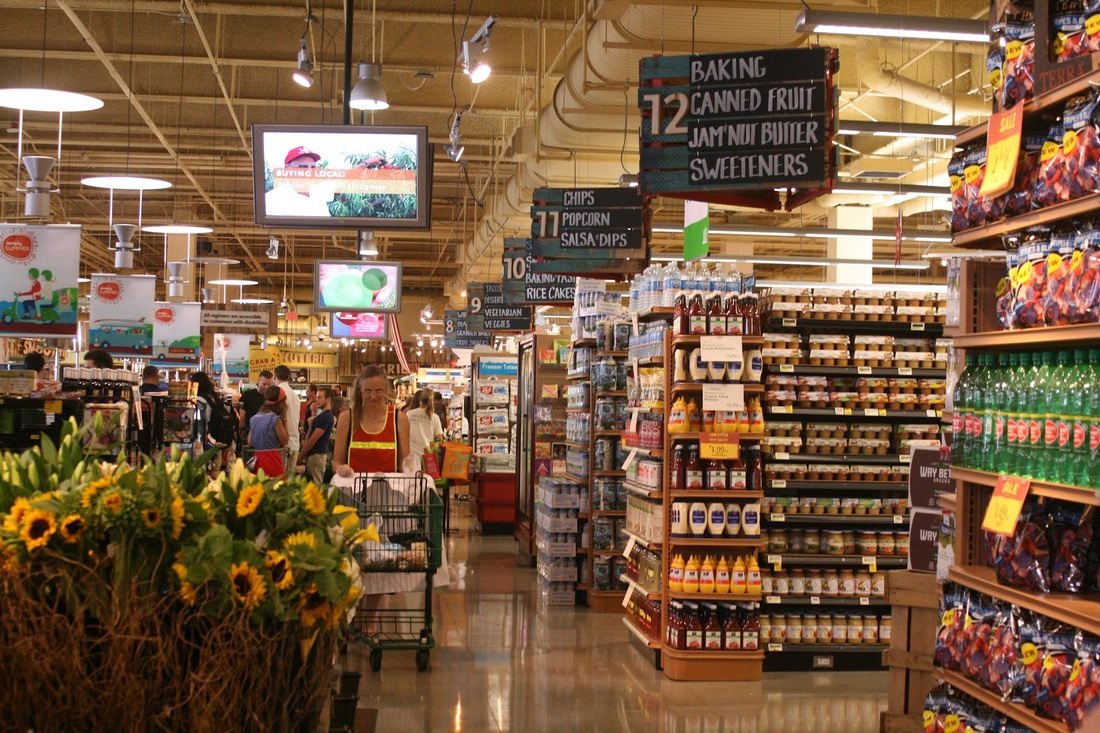
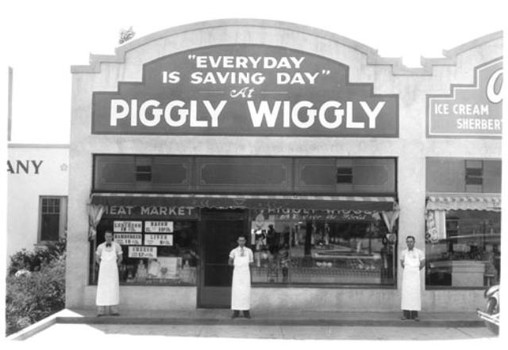
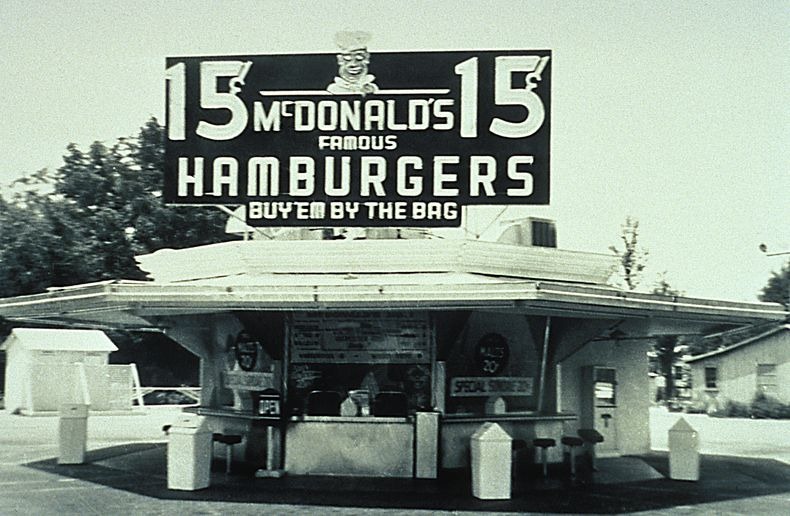


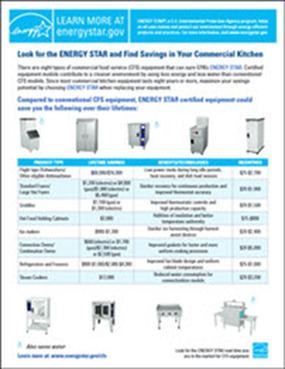
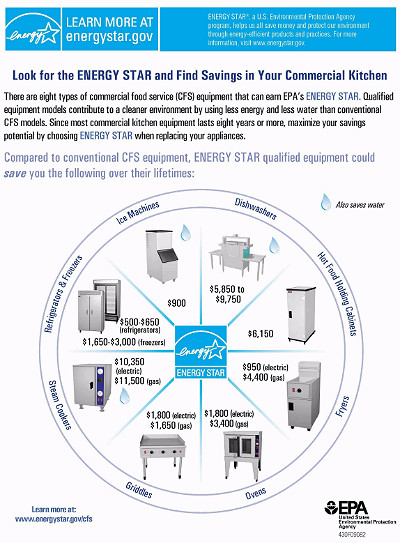
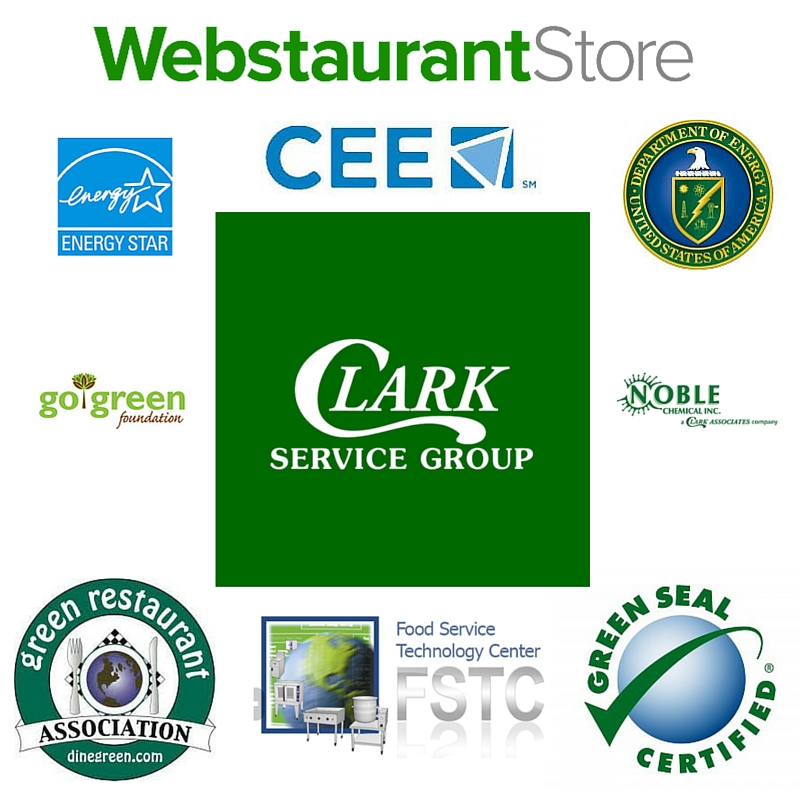


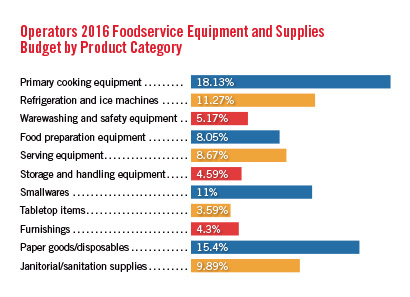
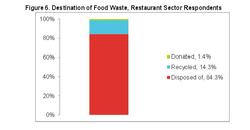
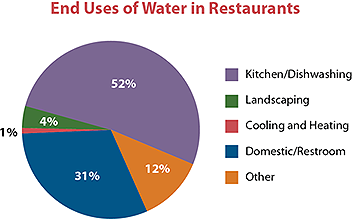




 RSS Feed
RSS Feed
